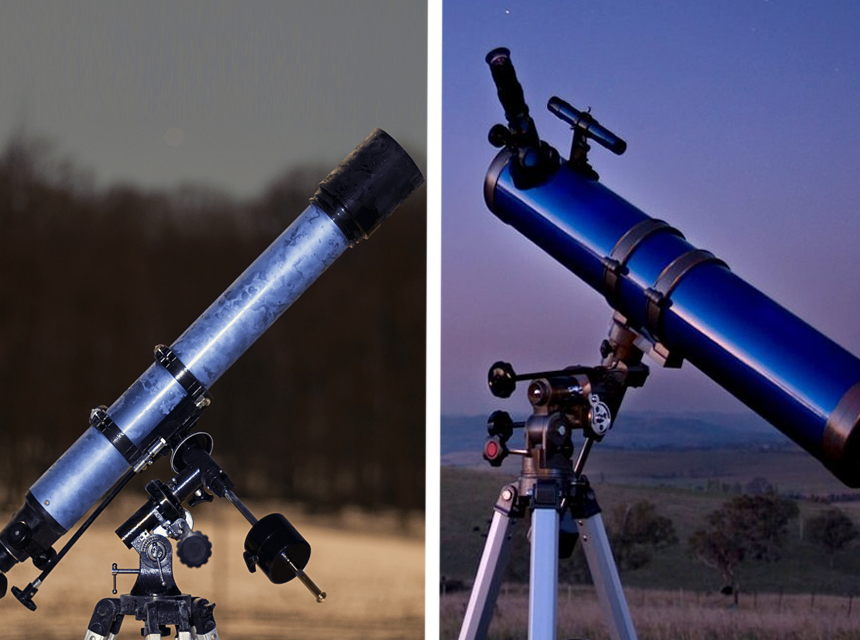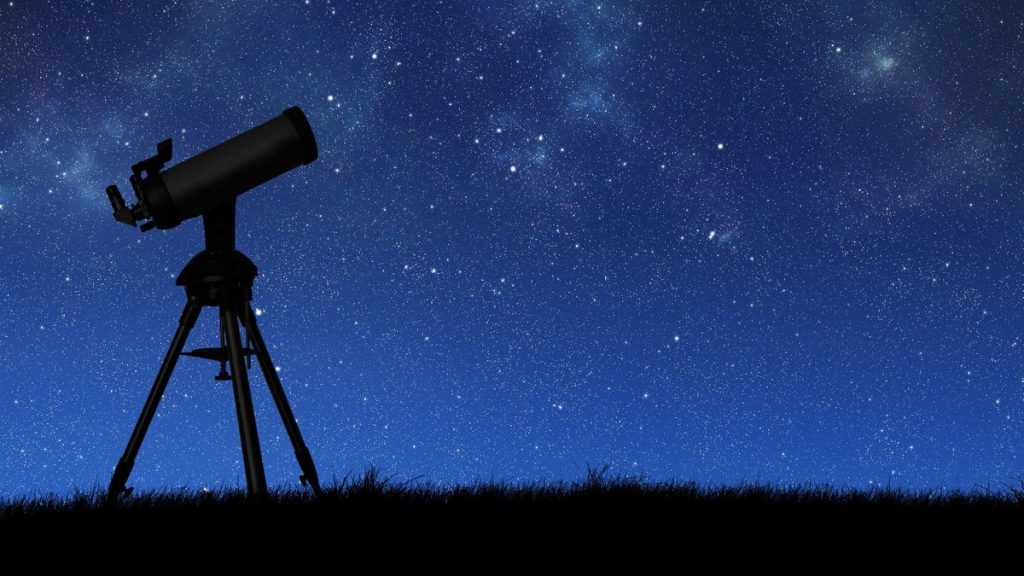Many children have gone through the experience of looking up their sun sign and sharing it with friends. Online, there are many memes and horoscope websites that try to tell you something more about your sun sign. For the interested kids, they might have also looked up their moon sign and their rising sign. However, people tend to forget that it was science that started the research of astrology, to begin with. People would stand outside and chart the stars, learning of the location and brightness of each star in the sky. If you want to get in touch with the history that is still being used today, then you should learn how to read star charts. You are in the right place to learn how to read star charts as that is the information we are covering today.
A planisphere is a tool that is used to chart the stars. It gives you a guide to how big stars are, where they are in the sky, and how to identify patterns. This device can be a bit intimidating the first time you use it. There is a ton of knowledge along its front, and you have to be good at reading details. It can be difficult to figure out what everything on the planisphere means when you are first learning it. You have to know what every symbol means and how to read a star’s declination and right ascension. The platform of the planisphere can look cluttered at first until you understand what everything is.
Planispheres are circular that can be anywhere from 5 inches big to 16 inches big. Each size of planisphere has its pros and cons since the bigger ones are easier to read while the smaller ones are easier to carry.
The top disk is how you use the information on the bottom. With the top disk, you align it to the month and date. The clear part of the disk will show the stars and patterns that are in the sky on that specific date. It shows you what is currently above. When you go to use your star chart, you should be matching what you see on the disk to what you see in the sky. We will talk more about doing that later on. You will usually use a planisphere while looking up at the night sky through a telescope. Those who love to read star charts will get a portable telescope. Star chart readers tend to enjoy the Celestron PowerSeeker telescope and the Orion 10015 telescope because they are both compact and portable, which is great for star reading on the go.
Though, you don’t even need a telescope to use a star chart. Sometimes, you can identify certain stars and constellations with your naked eye. Using your naked eye will allow you to see the basic aspects of the sky, such as popular constellations and possibly some planets. As you get better at reading charts and want to learn more details about the night sky, that is where getting binoculars or a telescope will come in handy.

On a star chart, you will see the coordinates for right ascension and declination. These coordinates are like the longitude and latitude for Earth, except they are based in the sky instead of solid ground. Learning how to read a star’s declination and its right ascension is easier than you might expect. These coordinates are based on some simple math, and it isn’t too difficult to comprehend. Star declination is the easier of the two-star coordinates to learn how to read, but that doesn’t mean that a star’s right ascension is super difficult either.
A star’s declination is measured in degrees. It describes how north or south a star is from 0-90 degrees along the celestial equator. Again, it is very similar to how we describe our coordinates on our planet. The degrees on a star’s declination are further broken down. There are arcminutes and arcseconds, which describe a location of a star to its exact second. There are 60 arc minutes and 60 arcseconds per cycle. When describing the declination of a star, you will use a specific format. For example, let’s say that we have found a star at 40°20’03”. This declination describes a star that is 40 degrees above the celestial equator at 20 arcminutes and 3 arcseconds. Your star chart or planisphere will help you read the declination based on the chart that it has on the bottom circle. Being able to track the declination of a star of another celestial body, you can also learn how that celestial body moves throughout the year. Because we are constantly moving in the orbit of the sun and in our own Earth rotation, things in our sky seem to move even if they are stationary.
We have just described the latitude of the night sky. Let’s describe the longitude. A star’s right ascension is compared to the longitude coordinates of the Earth because it describes where a star, or another night object, is around us. To describe where a star is with its right ascension, we base the location based off of an invisible line that acts as the solar system’s “pole.” It’s like how we use the axis of the Earth to measure longitude across the planet.
The line that goes through the solar system cuts through our sun along with the Pisces constellation. A star’s right ascension is measured on hours. It takes so many hours to go around the celestial sphere or “pole.” Right ascensions are measured from 0-24 with hours, minutes, and seconds. This is because we move around our axis every 24 hours. When writing the right ascension for a star, you would use the format of 00h 00m 00s. As an example, let’s say that you have a star with a right ascension of 05h 40m 20s. That star would be around the celestial sphere at the location for 5 hours, 40 minutes, and 20 seconds. Finding the absolute zero of right ascension is when the sun crosses the southern to the northern celestial hemisphere, lying right on the equator. When this happens, everything is equal. 00h 00m 00s happens on the fall equinox or the vernal equinox. When mapping out the right ascension of a star, you start at the pole ascension and move to the east (or the right.) The time measurement indicates how far east the star is to the pole ascension.
The star chart that you have will also help you find the right ascension of any celestial body from the key that it has. It will show declination and right ascension lines across the starry sky, so you can find the exact location of what is currently up above you. Learn more about how declination and right ascension are mapped in this guide. You will get more details and examples that will help you through your star charting experiences.

When you have a star chart at your hand and one of the best cheap telescopes at your side, you will be able to interpret anything you want up in the sky. Everything that you have learned will help you interpret everything that you are seeing in your star chart. When you go out with your star chart to explore the galaxy, you will want to have the chart, a telescope, and a red light with you.
Red light helps prevent you from losing your night vision, which is very helpful to have when looking at the stars in the dark sky.
If you are interested in seeing what is in the sky at night, how celestial bodies move throughout the months, and exploring new things, then you will be interested in reading a star chart. There are so many reasons why you can want to stare up at the night sky. Those who are interested in mapping out what can and can’t be easily seen will benefit from this device. Not only are star charts great for mapping what you already know to be there, but they are also great for learning about what else is in the sky that you’ve known all your life. Here are some of the many things that you can discover by reading a star chart:
You can find your star sign constellation by using a star chart. When you are looking at a star chart, keep in mind the key that the chart has. Let’s look at single stars. On a star chart, you will see single stars being mapped out as black dots. The bigger the dot, the brighter the star is. Using the coordinates that are also mapped out on the star chart, you can also find the declination and the right ascension of the specific star. The right ascension will be found on the top and bottom of the star chart, while declination will be found on the sides.
Double stars can be seen as two black dots with a white line through them. That lets you know that these aren’t just two different stars in a similar area but are connected as double stars. When you see a star cluster on the chart, it will be shown as yellow, open clusters with a dotted circle or even circles that have crosses in them. Not every star stays at the same amount of brightness. Some stars will have a brightness that changes over time. This fact makes these stars variable stars. On a star chart, you will see these stars as black dots within a circle. The circle can show how bright the star gets depending on its size.
On a star chart, you can see more than just stars. You will also be able to see full galaxies depicted as ovals on the chart. The size of the oval shows how big or small the galaxy is. If you see a nebula Trusted Source What is a nebula? A nebula is an enormous cloud of dust and gas occupying the space between stars and acting as a nursery for new stars. The roots of the word come from Latin nebula, which means a “mist, vapor, fog, smoke, exhalation.” Nebulae are made up of dust, basic elements such as hydrogen and other ionized gases. They either form through clouds of cold interstellar gas and dust or through the aftermath of a supernova. spacecenter.org on your star chart, it will be shown as a green blob. We say blob because the star chart will depict the nebula as its actual shape. Or at least the shape that we can see of it.
Thanks to a star chart, you can have an easier time seeing celestial objects that are millions of light years away just by looking through your telescope. There are many telescopes that will aid you in seeing amazing bodies in the sky, but some are better than others for seeing specific celestial bodies. Check out some of the best telescopes for looking at planets and other sky bodies on this website.
Get yourself set up in a clear and dark location. The less light pollution that you are around, the better. Light pollution clouds up the sky and makes it harder to see stars and planets in the sky. Finding the right location can completely change how your stargazing experience goes. NASA has a great guide Trusted Source How to Find Good Places to Stargaze – NASA Solar System Exploration To begin with, you need dark skies away from city lights to see more stars. This is especially true if you want to be able to see the Milky Way. There are many more faint stars in the sky than bright ones, and only the brightest stars and planets are brilliant enough to see in bright, urban skies. solarsystem.nasa.gov for finding a stargazing location. Have a red light of some sort so you can still look at your star chart with ease. Red light both prevents excess light pollution from going into the sky and prevents you from losing your night vision.
Depending on the tools that you are using, you can orientate yourself in different ways. If you aren’t using a telescope, then you can lie down and face the direction of the sky. This can help you be directionally orientated as you will be able to see the whole sky at once. If you are using a telescope, then you won’t have an easy time lying on the ground. Face your telescope to the north. Do this by first facing west (which is where the sun sets) and then turning 90° right. When you look up, the sky should match the depiction in the star chart. However, depending on the weather and surrounding pollution, some parts of the sky can be hidden from your view. Using a well-known celestial body, such as the Big Dipper, is a great way to get your view to be orientated to the star chart you are holding. If you are a beginner at using a star chart, start with the brightest constellations and stars first. They will be the easiest to see on both your chart and the night sky. Practicing with the brightest objects will get you used to finding things in the sky and plotting out their declination and right ascensions.
As you get used to using your star chart, you can begin to explore the night sky in whatever way you see the best fit. If you are still having trouble getting orientated to using the star chart, COSGC recommends that you download an app that shows you what you are looking at when your camera is pointed in that direction. When you have the perfect conditions for stargazing, you can also get amazing photos of the night sky. There are telescopes that are absolutely perfect for capturing the history of the sky. Check out 7 of the top astrophotography telescopes.
Astronomy lovers should try out gazing at the sky with a star chart at least once in their life. You can learn so much more about the night sky that hangs above you by spending time learning about everything that is up there. Even if you aren’t the biggest star fan, knowing how to read a star chart is a cool skill to know. Impress your friends and family by pointing out different celestial bodies that are currently out. You can even point out your friend’s astrological constellations! That is a fun activity to try out with a friend group or maybe even a date. Learn about the sky tonight by getting yourself a star chart today. If you don’t have a telescope already, you should get one of those as well for the perfect stargazing experience.





